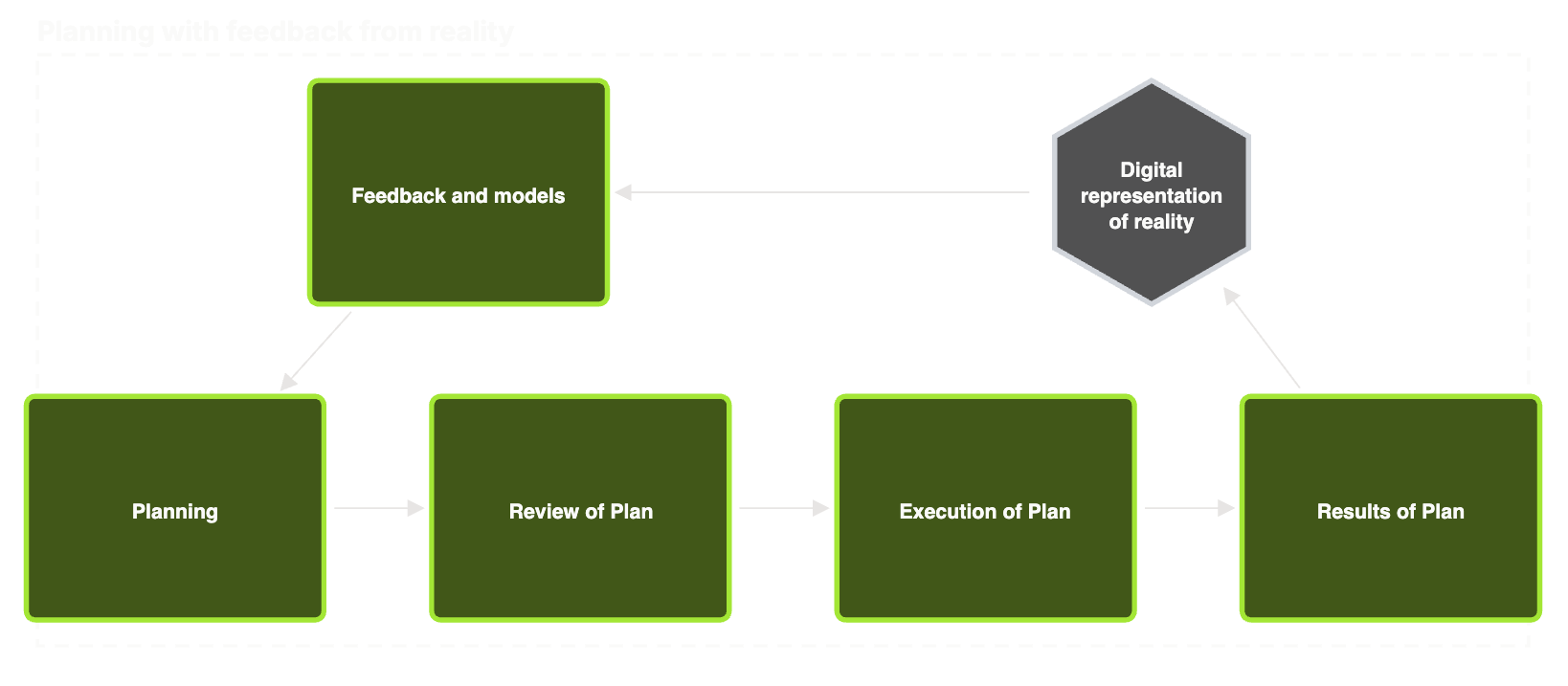End‑to‑End Manufacturing Visibility
We reveal the real production flow — effort, delays, and handovers — so planning and execution align. Teams see friction points clearly and target improvements that move outcomes.
The production flow as it actually runs: effort, duration, delays, and handovers across stations and teams. We connect plans, outcomes, and quality signals into a shared operational model — revealing friction points and trade‑offs so improvements target real constraints.
Client type
Manufacturer with complex, high‑value production processes.
Situation
Production spans multiple stations and teams with variable effort and handovers. Planning, outcomes, and quality signals live in separate systems, making the true flow hard to see end‑to‑end.
Challenge
A critical part of the manufacturing flow lacked visibility and shared understanding. Planning and execution were not aligned, replanning was frequent and time‑consuming, and improvement initiatives often failed to gain traction across departments.
What we did
We mapped and visualised the actual production flow for key assembly steps using planning data, historical outcomes, and quality data. By combining data science, interviews, and hands‑on workshops, we made it possible to see how effort, duration, and delays varied across the process. The work revealed where plans and outcomes diverged and surfaced the hidden trade‑offs driving delays and inefficiencies.
Closing the loop between planning and execution
We enabled the client to move from a sequential planning process to a feedback‑driven approach that learns from real‑world execution. Operational data now informs planning continuously, and planning decisions are checked against outcomes.

Before: work progressed sequentially — typically planning, review, execution, then results. Reviews were long and infrequent; decisions waited for meetings; execution drifted from reality.

Target: results flow back to a shared digital representation of reality. Feedback signals and models (e.g., throughput, dwell, sensitivity) loop into Planning, so plans are adjusted to what actually happens. Review cycles shorten, execution aligns with intent, and drift reduces.
Results
The client gained a shared operational model that made planning gaps and friction points visible across teams. This created a foundation for coordinated improvements, helping departments align around reality rather than assumptions. The work also demonstrated how data can be used to shift from compromise‑driven planning to outcome‑oriented decision‑making.